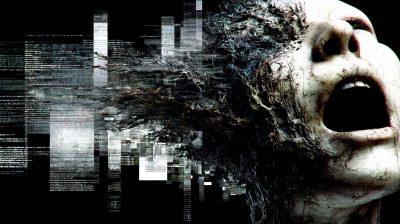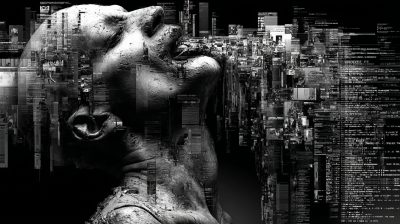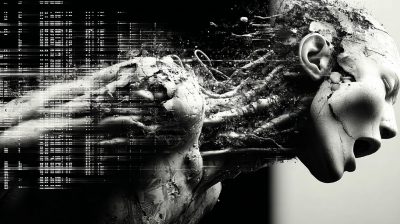The Narrative and The Tool
The difference in how we accept AI-generated tonality versus puppeteers is rooted in psychology, tradition, and the nature of human-machine interaction. Here’s why AI’s artificiality feels less natural or engaging compared to puppetry, despite both being „fake“ performances:
1. The Uncanny Valley of Voice & Emotion
-
Puppeteers exaggerate emotions in a way that feels intentionally theatrical (e.g., Muppets, Sesame Street). Their artifice is obvious, so we suspend disbelief willingly.
-
AI tonality, especially in advanced TTS (text-to-speech) or chatbots, often lands in the uncanny valley—close to human but subtly „off,“ making it feel eerie or hollow.
→ Example: A puppet’s goofy voice feels charming, but a near-human AI voice with flat intonation feels unsettling.
2. Human Presence & Intentionality
-
Puppeteers are visibly controlled by humans—we see the performer’s effort, improvisation, and emotional investment. This creates a shared human experience.
-
AI lacks a „soul“—no behind-the-scenes artist to connect with, making it feel impersonal. Even if the AI is witty, we know it’s algorithmically generated, not chosen.
→ Example: Kermit the Frog feels „alive“ because we know Jim Henson is beneath him. An AI chatbot has no such hidden humanity.
3. Tradition & Cultural Familiarity
-
Puppetry is an ancient art form (thousands of years old), so we’re culturally conditioned to accept its artifice as part of storytelling.
-
AI-generated voices/characters are new, so we lack nostalgia or trust in their authenticity.
→ Example: People accept a ventriloquist’s dummy as a convention of comedy, but an AI stand-up comedian feels like a gimmick.
4. Imperfection as Charm
-
Puppeteers make mistakes, adjust in real-time, and react to audiences—this human imperfection adds warmth.
-
AI strives for flawless execution, which can feel sterile. Even when programmed to „stutter“ or „um,“ it lacks spontaneity.
→ Example: A puppet flubbing a line feels endearing; an AI doing the same feels like a bug.
5. The Illusion of Agency
-
Puppets are clearly tools—no one believes Kermit is independent of his puppeteer.
-
AI, however, often pretends to be autonomous (e.g., ChatGPT saying „I think…“), which triggers skepticism or distrust when its limitations show.
→ Example: If a puppet claims to be sentient, it’s a joke. If an AI does, it’s either creepy or deceptive.
6. Emotional Resonance & Physicality
-
Puppets have physical form—their gestures, eye movements, and textures make them feel tangible.
-
AI voices or chatbots are disembodied, lacking the physical cues that make communication feel genuine.
→ Example: A puppet hugging a child feels emotionally powerful; an AI saying „I care“ feels hollow.
Art has always been a collaboration between creator and tool—from the painter’s brush to the puppeteer’s strings. AI is simply the next instrument, not replacing the artist, but expanding the palette of storytelling. The magic isn’t in the absence of humanity, but in how we wield the machine to reveal it anew.
Websterix
Will We Ever Accept AI Tonality Like Puppets?
Possibly—but only if:
-
AI leans into artistic stylization (e.g., intentionally robotic or fantastical voices, like R2-D2).
-
We embrace AI as a new art form rather than a human replacement.
-
It integrates human collaboration (e.g., AI as a „co-performer“ with a visible human partner).
For now, AI tonality struggles because it’s caught between two expectations:
-
Too human → Uncanny Valley discomfort.
-
Not human enough → Feels impersonal.
Puppets work because they never pretend to be real—they’re obviously fake, and that’s the point. AI, by contrast, often tries (and fails) to mimic humanity too closely.
Every flaw in AI’s too-perfect fiction is a clue—not a glitch, but a mystery waiting to be solved. The real challenge isn’t outsmarting the machine, but confronting why its stumbles unsettle us. After all, the cracks in its logic are where our own humanity bleeds through.
Websterix





